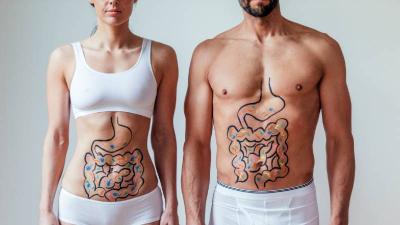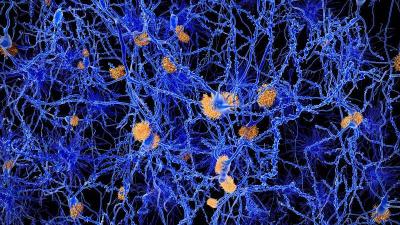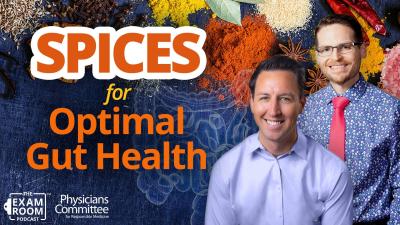Doctors Group Applauds Team USA Athletes for Modeling Plant-Based Eating Habits
Physicians Committee Releases Dietary Guidelines for Optimal Gut Health, the Foundation for Strong Athletic Performance and Disease Prevention

WASHINGTON—The nonprofit Physicians Committee releases seven dietary guidelines for a healthy gut, which include building meals around plant-based foods, recommendations for fiber and prebiotics intake, and avoiding red meat and high-fat foods. Gut health is important for athletic performance, immune function, and disease prevention.
The seven dietary guidelines, modeled by Team USA athletes April Ross, Venus and Serena Williams, and Kendrick Farris, are as follows:
- Build meals around plant-based foods: vegetables, fruits, whole grains, and legumes. This plant-based foundation supports symbiosis, or microbial harmony, in our gut. A thriving microbiota helps maximize absorption of nutrients and vitamins, while regulating immune function, inflammation, hormones, mood, and behavior.
- Aim to consume at least 50 to 55 grams of fiber each day. Historic populations consumed nearly three to four times as much fiber as we do today. The average American today consumes 16 grams of fiber. Increasing dietary fiber intake by at least 14 grams a day is associated with a 10 percent decrease in net energy intake.
- Consume at least 5 to 8 grams of plant-based prebiotics each day. This is easy to accomplish with two cups of leafy greens or a half-cup serving of beans. Good sources include Jerusalem artichokes, chicory root, raw dandelion greens, leeks, onions, garlic, asparagus, whole wheat, beans, bananas, oats, and soybeans.
- Add fermented foods, or probiotics, to your diet. Dietary sources include kimchi, sauerkraut, miso, tempeh, soy sauce, water kefir, and kombucha.
- Avoid red meat, high-fat dairy products, fried foods, food additives, and advanced glycation end products (AGEs). AGEs include proteins and fats exposed to high heat and sugar molecules, like sausage links and candy bars.
- Limit fat intake. Especially if you have or are at risk for type 2 diabetes. Instead, opt for healthful sources, including an ounce of nuts or seeds or a small amount of avocado.
- Use antibiotics only when necessary and avoid using for viral illnesses. Overexposure to antibiotics destroys good gut bacteria, along with the bad.
“The microbiome is a complex field, but we can manipulate our dietary choices to create colonies where beneficial bacteria flourish,” says Meghan Jardine, M.S., M.B.A., R.D., L.D., C.D.E. “Whether you want to treat diabetes, reduce the risk of a heart attack, or bolster athletic performance, you can start by building meals around colorful, plant-based foods.”
The microbiota includes 1,000 different species and weighs 4 to 6 pounds. What we eat feeds beneficial bacteria that respond to changes in just 24 hours. This influences both immune function and our risk for chronic disease. Download a copy of Seven Dietary Guidelines for a Healthy Microbiota at ICNM16.org.
The recommendations follow the “No Guts, No Glory: the Microbiome in Diabetes” continuing medical education presentation by Meghan Jardine, M.S., M.B.A., R.D., L.D., C.D.E., at the International Conference on Nutrition in Medicine (ICNM) in Washington, D.C., where medical experts discussed the link between diet, athletic performance, and disease prevention.
Founded in 1985, the Physicians Committee for Responsible Medicine is a nonprofit organization that promotes preventive medicine, conducts clinical research, and encourages higher standards for ethics and effectiveness in education and research.







